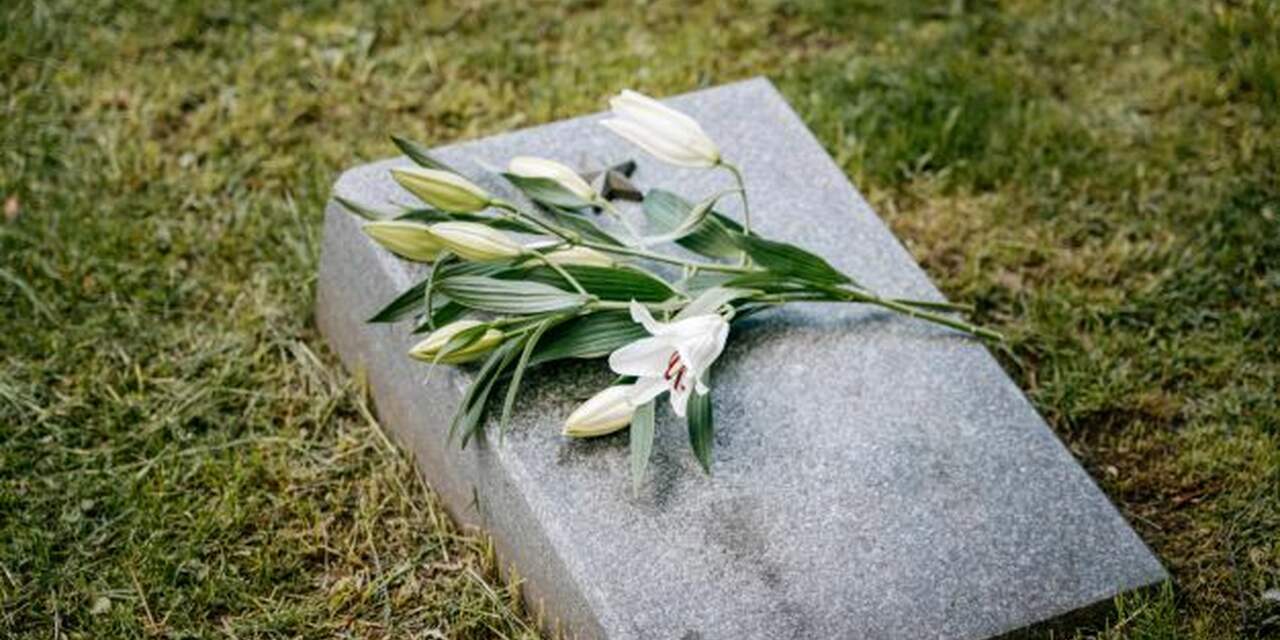An insolvent estate is when the deceased person’s estate is unable to meet its debts when they become payable and the estate assets are insufficient to meet its liabilities.
Insolvent estates are administered differently to solvent estates, particularly where the estate has some assets from which creditors may benefit.
The deceased’s legal personal representative (the administrator or executor) must administer the estate taking account of the relevant succession, administration, and intestacy rules as well as the laws of bankruptcy. The laws governing life policies and superannuation will also need to be considered if the deceased held such assets.
A legal personal representative is likely to require advice and guidance on how to properly carry out his or her obligations in administering and winding up an insolvent estate.
Administration of an insolvent estate by the legal personal representative
If the deceased person was already bankrupt at the time of his or her death the administration of the bankrupt estate will simply continue.
If the insolvency of the deceased is discovered at the time of, or after death, the legal personal representative generally has a choice in how to proceed.
The legal personal representative may apply to administer the estate under the relevant probate and administration laws in the jurisdiction where the deceased held assets. In this case, an application is filed with the Court and any estate assets distributed in the priority set out by the respective laws.
These rules generally require that the funeral, testamentary and administrative expenses are paid first, with the balance of available assets (if any) to be dispersed in accordance with the order of distribution set out in the Bankruptcy Act 1966 (Cth) (the “Act”).
Applying for bankruptcy for an insolvent estate
The legal personal representative may instead apply to the Federal Court or Federal Circuit Court for a sequestration order, which is an official Court order making the estate bankrupt.
The estate is then administered under the Act in a similar manner to that of a living bankrupt. A trustee in bankruptcy is appointed, assets are liquidated and creditors paid in order of priority set out in the Act.
Once the order is granted and the trustee appointed, the legal personal representative will have little ongoing involvement and hands over administration of the estate to the trustee.
The date of the death is the deemed date of the sequestration order and the estate is administered with regard to the rights of secured and unsecured creditors. The same rules regarding provable debts, void transactions, funds distribution and fee approvals for the trustee in bankruptcy will apply.
Occasionally, a creditor (or group of creditors) of an estate who are owed $10,000 or more will make the application for a sequestration order. If the order is made, the legal personal representative must file a statement of the deceased person’s affairs within 28 days of receiving notice of the order.
Applying for bankruptcy may be beneficial for estate creditors as the Act allows access to certain assets that may otherwise not have been available to satisfy debts.
On the other hand, the costs to apply to bankrupt the estate and the fees payable to a trustee for the work involved in its administration, may outweigh the eventual return.
A cost-benefit exercise is important to determine the most appropriate means of administering the estate. This will involve considering the particular circumstances, the amount of debt, and assets available to satisfy the debt.
Liability for a deceased person’s debts
Estate assets of a solvent estate must first be used to pay debts before distributing any part of the estate to beneficiaries. A person however does not inherit the debts of a deceased person. Exceptions include debts held jointly with the deceased (for example loans over jointly-held property) or where a person has guaranteed payment of a debt on behalf of the deceased. Apart from utilising whatever assets are available to pay the debts, all remaining liabilities of the deceased are extinguished.
What about life policies and superannuation benefits?
Certain assets of an insolvent estate are preserved and are unavailable to satisfy creditors. Unless otherwise directed in the Will of a deceased person or by prior contractual arrangement, the proceeds of a life insurance policy may not be used to pay estate debts apart from funeral and testamentary expenses.
Generally, the proceeds of a superannuation fund are also protected.
Conclusion
The legal personal representative of a deceased estate must ensure that they comply with all relevant legislation, and that they act with care and diligence when administering the estate. In certain circumstances, a legal personal representative could become personally liable for the debts of the estate, if the estate is not administered properly. This role is even more complex when dealing with an insolvent estate and may require the assistance of an experienced estate lawyer.
It is important to consider the possibility that your estate may be or become insolvent when you pass away, and ensure that you have appropriate directions in your Will (or your nominations with respect to your superannuation and life insurance policies) to protect these assets for the benefit of your loved ones.
If you or someone you know wants more information or needs help or advice, please contact us.

